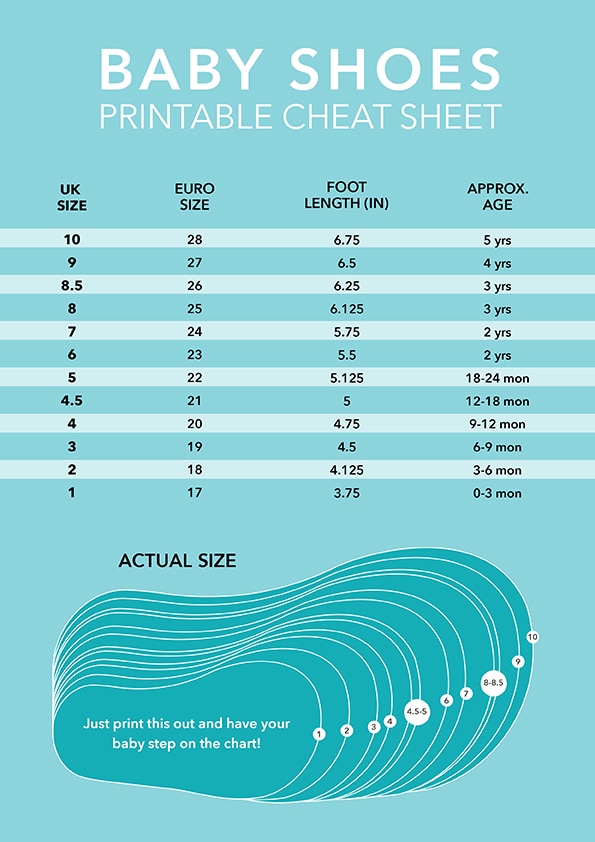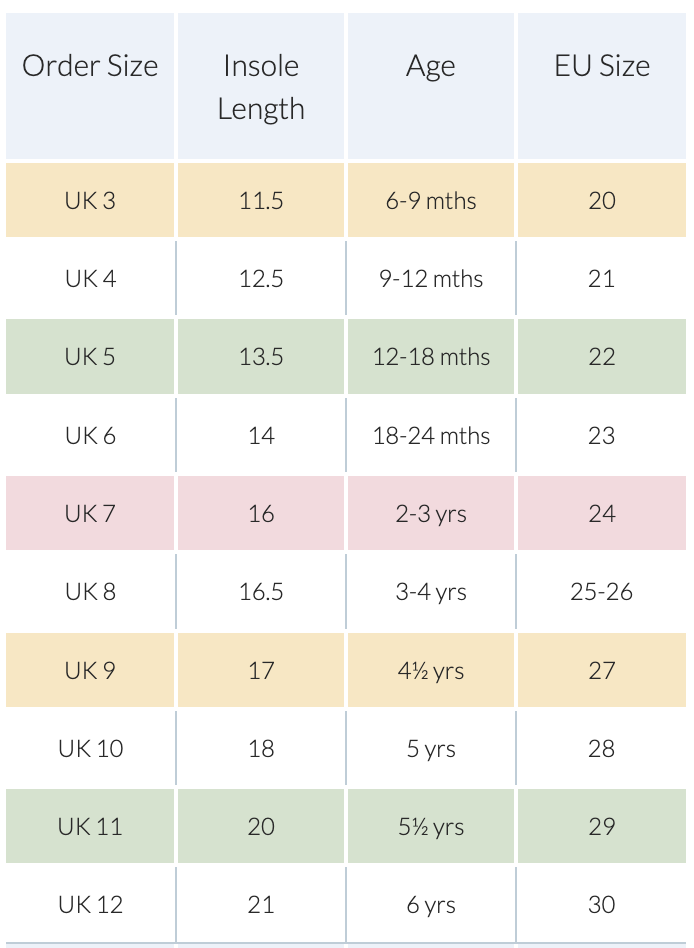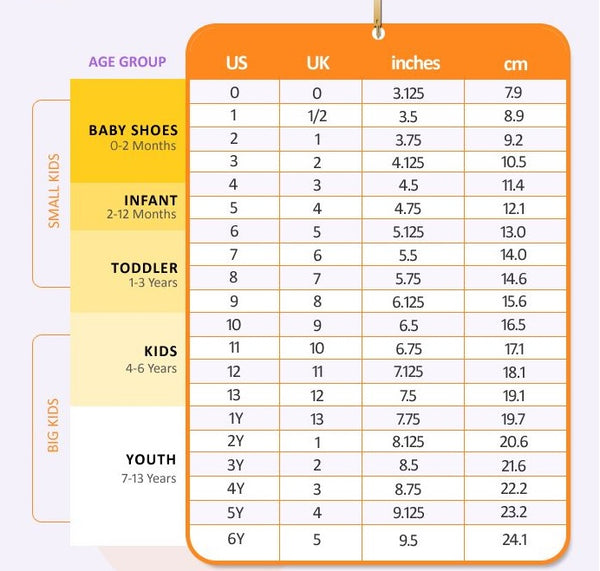Finding the perfect pair of baby shoes for your little one can be both exciting and daunting. With so many sizes, styles, and brands available, it’s easy to feel overwhelmed. One common question that many parents ask is, “What size is EUR 20 in baby shoes?” In this comprehensive guide, we will explore everything you need to know about EUR 20 sizing, share real-world footwear experiences, tips for selecting the best shoes for your baby, and frequently asked questions. So, let’s dive in!
Understanding European Sizes for Baby Footwear
European shoe sizes are often a point of confusion for parents, especially those living in the U.S. Understanding how European sizing works can be beneficial when shopping for baby shoes online or when traveling. In the European sizing system, the sizes are measured based on the length of the foot in centimeters. For instance, EUR 20 correlates to a foot length of approximately 12.5 to 13.0 cm.
The Importance of Proper Fit
Choosing the right size for your baby’s shoes is essential for their comfort and development. Shoes that are too small can restrict growth and cause pain, while shoes that are too large can lead to slips and falls. By understanding the EUR sizing system and knowing how to measure your baby’s foot accurately, you can ensure that you find the perfect fit.

Measuring Your Baby’s Foot
To determine the correct shoe size for your baby, follow these simple steps:
- Gather your materials: You’ll need a piece of paper, a ruler, and a pencil.
- Have your baby stand: Place their foot firmly on the paper with their heel against a wall.
- Trace the foot: Carefully trace around the foot, keeping the pencil perpendicular to the paper.
- Measure the length: Use the ruler to measure the longest distance from the heel to the toe. This will give you the foot length.

Once you have the measurement, you can use sizing charts to convert centimeters to EUR sizes.
What Size is EUR 20 in Baby Shoes?

As mentioned earlier, EUR size 20 translates to a foot length of about 12.5 – 13.0 cm (approximately 4.92 – 5.12 inches). This size typically fits babies around 6 to 12 months of age, depending on their growth rate. However, every baby is unique, and it’s essential to measure their feet regularly to ensure they are wearing the right size.
Comparison Table: EUR to US Sizes

| EUR Size | Approximate Age | US Size |
|---|---|---|
| EUR 20 | 6-12 months | US 5 |
| EUR 21 | 12-18 months | US 6 |
| EUR 22 | 18-24 months | US 7 |
Real-World Footwear Experiences

Case Study 1: Parents’ Insights
Many parents have shared their experiences regarding the importance of getting the right shoe size for their little ones. For instance, Sarah, a mother of a 10-month-old, shared her struggles with finding suitable footwear for her daughter. “I initially bought a pair of EUR 20 shoes, but they were too tight after just a couple of weeks. That’s when I realized how quickly babies grow!”

This rings true for many parents; babies grow at an astonishing rate, and it’s crucial to keep an eye on their shoe size. Regularly measuring your child’s feet can help avoid the discomfort associated with ill-fitting shoes.
Case Study 2: A Shop Owner’s Perspective

Tom, an owner of a children’s shoe store, points out, “When parents come in looking for shoes for their toddlers, I often stress the importance of proper fitting. We always measure foot length first, and it’s surprising how many people think they know their child’s size but are off by a full size or more!”
His insights highlight the significance of relying on accurate measurement rather than assuming a size based on age or previous purchases.
Tips for Choosing Baby Shoes
1. Look for Quality Materials
When purchasing baby shoes, it’s essential to consider the materials. Look for soft, breathable fabrics that allow for natural movement as the baby learns to walk. Leather, canvas, and mesh are excellent choices.
2. Opt for Flexible Soles
The soles of baby shoes should be flexible to allow for natural foot movement. A stiff sole can hinder a baby’s ability to balance and walk properly, making soft-soled shoes a preferred option for infants and toddlers.
3. Check the Width
Not all baby feet are the same width. Make sure to check the width of the shoes as well as the length. Some brands may offer wide or narrow fit options, which can be more suitable for your child’s specific foot shape.
4. Allow Room for Growth
It’s essential to leave a little extra room in the toe area–about a thumb’s width (approximately 1-1.5 cm or 0.4-0.6 inches) between the longest toe and the tip of the shoe. This extra space accommodates growth and prevents the need for a quick replacement.
5. Ensure Easy On and Off
Choose shoes that are easy to put on and take off. Velcro straps or elastic bands can be a lifesaver for busy parents, as they make it easy to get shoes on and off with minimal fuss.
Product Highlights for EUR 20 Baby Shoes
Top Picks for EUR 20 Shoes
Here are some highly recommended baby shoes that fit the EUR 20 size range:
- Freshly Picked Moccasins: Known for their soft leather and flexibility, these moccasins promote healthy foot development.
- Robeez Soft Soles: With a variety of adorable designs, Robeez are a staple for infants and toddlers alike.
- Stride Rite Baby Shoes: Stride Rite is known for its quality and durable footwear designed for active toddlers.
Pros and Cons of EUR 20 Baby Shoes
Pros
- Comfortable for young feet
- Encourages natural walking
- Wide range of options in styles and colors
Cons
- May require regular size checks
- Limited options in certain retail locations
- Higher price point for quality brands
Frequently Asked Questions (FAQs)
1. What is the equivalent of EUR 20 in US sizes?
EUR 20 is roughly equivalent to US size 5 for baby shoes.
2. How do I measure my baby’s foot for size?
Follow the measuring steps outlined earlier, ensuring that your baby stands upright while you measure for the most accurate results.
3. Are baby shoes necessary for infants learning to walk?
While some babies may benefit from wearing shoes for outdoor use, many experts recommend letting babies go barefoot indoors to help develop their foot strength.
4. How often should I check my baby’s shoe size?
It’s advisable to check your baby’s shoe size every two to three months, as their feet grow rapidly during their first few years.
5. Can I buy online without measuring?
It is always recommended to measure your baby’s feet before buying online, as sizes can vary between brands.
6. What materials should I look for in baby shoes?
Look for soft, breathable materials like leather, cotton, or mesh. These materials will provide comfort and allow for natural movement.
7. How do I clean baby shoes?
Cleaning options depend on the material. For leather, a damp cloth and specialized cleaner will work best. For canvas or fabric shoes, you might be able to machine wash them.
8. What are the signs that my baby’s shoes are too small?
If your baby is showing signs of discomfort, such as crying when you put shoes on or if their toes are squished at the front of the shoe, it may be time to size up.
9. Are there specific brands that focus on EUR sizing for baby shoes?
Yes, many brands like Geox, Clarks, and Adidas offer tailored options to fit the European sizing system, making it easier to find the right fit.
Conclusion
Understanding what size EUR 20 is in baby shoes is an essential aspect of ensuring your little one is comfortable and safe as they grow and explore. By following the tips and insights provided in this guide, you’ll be better prepared to make informed decisions when selecting the perfect pair of shoes. Remember, measuring your child’s feet regularly and considering factors like flexibility and material will contribute to a more positive footwear experience for both you and your baby.
By focusing on quality, fit, and style, you can find the perfect shoes that help your baby take their first steps confidently!
For further reading, you may refer to this study on baby footwear and development.